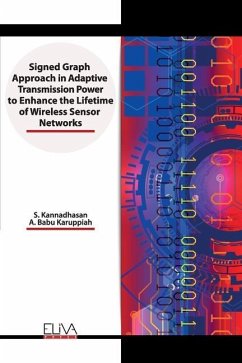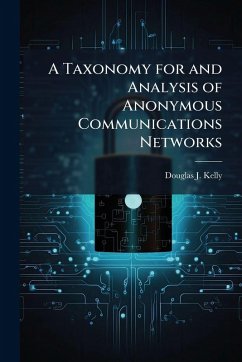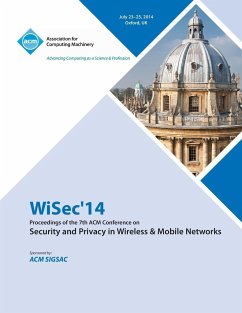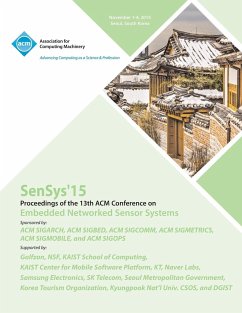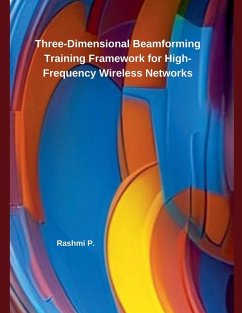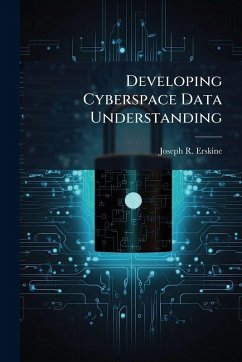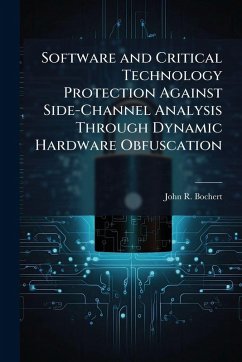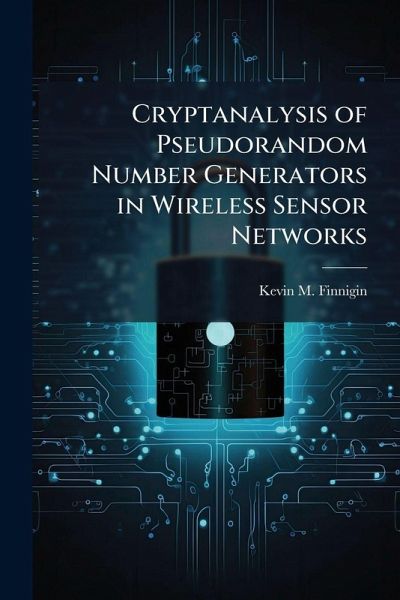
Cryptanalysis of Pseudorandom Number Generators in Wireless Sensor Networks

PAYBACK Punkte
9 °P sammeln!
This work presents a brute-force attack on an elliptic curve cryptosystemimplemented on UC Berkley's TinyOS operating system for wireless sensor networks.The attack exploits the short period of the pseudorandom number generator (PRNG) usedby the cryptosystem to generate private keys. The attack assumes a laptop is listeningpromiscuously to network traffic for key messages and requires only the sensor node'spublic key and network address to discover the private key. Experimental results showthat roughly 50% of the address space leads to a private key compromise in 25 minuteson average. This wor...
This work presents a brute-force attack on an elliptic curve cryptosystemimplemented on UC Berkley's TinyOS operating system for wireless sensor networks.The attack exploits the short period of the pseudorandom number generator (PRNG) usedby the cryptosystem to generate private keys. The attack assumes a laptop is listeningpromiscuously to network traffic for key messages and requires only the sensor node'spublic key and network address to discover the private key. Experimental results showthat roughly 50% of the address space leads to a private key compromise in 25 minuteson average. This work has been selected by scholars as being culturally important, and is part of the knowledge base of civilization as we know it. This work was reproduced from the original artifact, and remains as true to the original work as possible. Therefore, you will see the original copyright references, library stamps (as most of these works have been housed in our most important libraries around the world), and other notations in the work. This work is in the public domain in the United States of America, and possibly other nations. Within the United States, you may freely copy and distribute this work, as no entity (individual or corporate) has a copyright on the body of the work. As a reproduction of a historical artifact, this work may contain missing or blurred pages, poor pictures, errant marks, etc. Scholars believe, and we concur, that this work is important enough to be preserved, reproduced, and made generally available to the public. We appreciate your support of the preservation process, and thank you for being an important part of keeping this knowledge alive and relevant.



